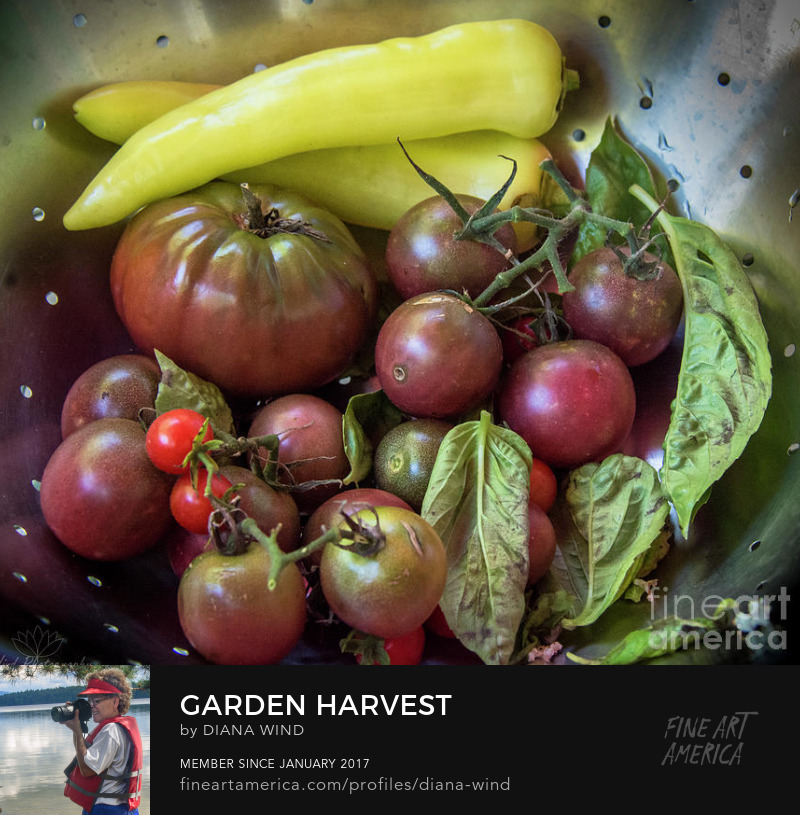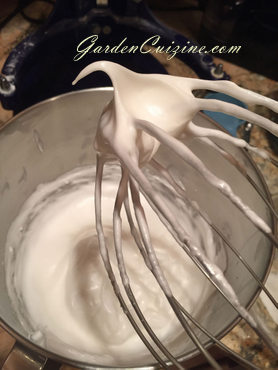for making Grape Jelly
Yesterday we harvested 5 pounds, 10 ounces of organically grown grapes for jelly. We've learned from experience that to make the best homemade grape jelly, it's best to allow two days: one day to crush and blend the grapes into grape juice and a second day to make the jelly.
Letting grape juice rest overnight in the refrigerator allows 'wine diamonds', otherwise known as potassium bitartrate crystals, to precipitate out. The crystals are easily removed by filtering the fresh juice through cheesecloth.
Potassium bitartrate crystals
Potassium bitartrate crystals are GRAS approved by the FDA (Generally Recognized As Safe). The first time we made our own grape juice for jelly, we didn't know about potassium bitartrate crystals and some crystals did form in our finished product. I noticed them while eating a peanut butter and jelly sandwich. The harmless crunchy texture in our homemade jelly was undesirable because the crystals resembled bits of glass.
If your homemade grape jelly is planned for company or intended as a gift, it would be a good idea to plan ahead and allow two days to prepare it. It's worth the extra day.
Putting it all together
Homemade Grape Juice Recipe
1) pick grapes (ours are organically grown)
2) pull grapes off stems (discard stems in compost)
3) weigh grapes
4) rinse grapes to wash - then strain
5) place washed grapes in stock pot
6) mash grapes directly in stock pot using clean hands or potato masher. (note: acid in grapes can make hands itch - some wear plastic gloves)
6) add water: for 3 to 4.5 lbs. of grapes add 1/2 cup water. We had 5 lbs., 10 oz. so we added about 2/3 cup water. You only have to add a little water.
7) bring to boil, cover and reduce heat to simmer. Cook 10 minutes. Mash again with potato masher to release juices.
8) collect juice by straining contents into a cheesecloth-lined pot or china cap (tip: wet and squeeze dry cheesecloth first so it doesn't absorb and waste juice).
9) squeeze out as much juice as you can as the pulp cools, then discard the used cheesecloth and pulp (pulp can be composted).
10) transfer the strained grape juice to a bowl or container, cover and refrigerate overnight. This allows natural crystals to develop and precipitate out.
The next day, you should notice small wine diamonds about the size of silver glitter floating on the surface (see photo above). Strain the juice a final time in a double layer of cheesecloth to remove any crystals.
Enjoy your pure and natural antioxidant-rich juice. Homemade grape juice can be used in homemade wine, jam or jelly recipes.
Food science note: Potassium bitartrate crystals are a byproduct of the wine industry and are gathered from the sediment in the barrels. They are ground to make Cream of Tartar for the baking industry.
Related Links
Homemade Reduced Sugar Grape Jelly
Blog post and photos Copyright (C)2014 Wind. All rights reserved.



























No comments:
Post a Comment